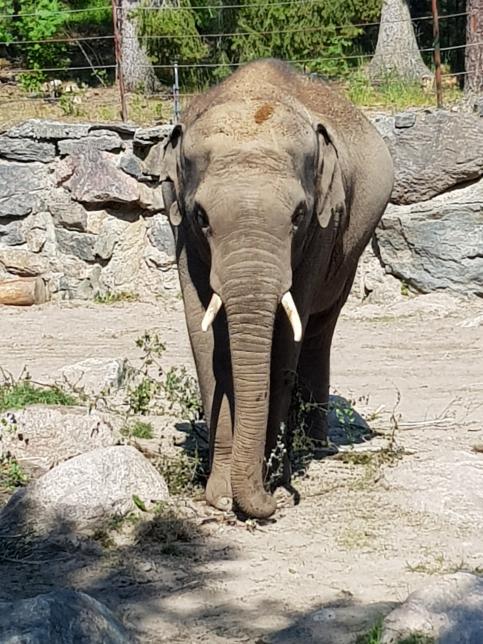Discussion
The essential oil of cardamom is a complex mixture of different chemical components and it is not known if any of these chemicals are included in another odor which is behaviorally relevant for the elephants. In a study from 2014, found that wild African elephants were interested in the essential oil of vanilla and that the oil contained a chemical component that also occurs in the urine of elephants which could be a reason why the elephants found that odor specially interesting. In the present study the essential oil of vanilla was in the top five most attractive odors which further supports this notion. It could also be that the odor from the cardamom oil was more persistent compared to the other essential oils, that the odor lasted for a longer period which could make it more interesting for a longer period.
The elephants were significantly more attracted to the presentation with wooden logs compared to the other modes of presentation for the essential oils. The reason for this finding might be that the wooden logs were novel objects for the elephants and therefore more interesting compared to the other two modes of presentation which were already known for them. An alternative explanation could be that the wooden logs are physical objects which the elephants could manipulate and play with whereas to the other two modes of presentation were food objects.

Previous studies have shown that elephants have an excellent sense of smell, including an outstanding ability for odor learning, odor discrimination and long-term odor memory. It has also been reported for Asian elephants that they use their sense of smell in social communication, that chemical signals play an important role in the communication between and within the sexes, and in the establishment, determination and maintenance of familial and non-familial proximate relationships. The present study further supports the notion that the sense of smell is important for elephants.
Responsible for this page:
Director of undergraduate studies Biology
Last updated:
05/28/20
